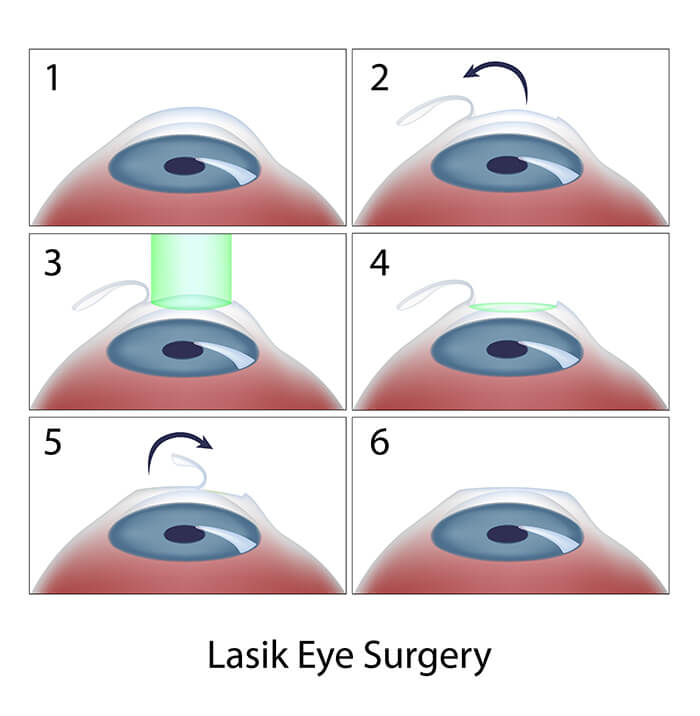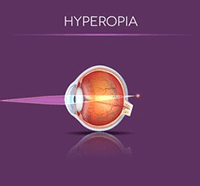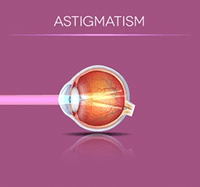
Are you tired of wearing glasses and contact lenses? LASIK Surgery might be right for you. Premier Eye Clinic offers LASIK and other laser vision correction options to the people of Port Orange and Ormond Beach Florida.
Laser vision correction is a form of refractive surgery that involves the use of a laser to change the shape of the surface of the eye (also called the cornea). By altering the shape of the cornea, laser vision correction can remove any focusing error, just like wearing a pair of glasses or contact lenses does.
Are you curious if LASIK is right for you? Take our online self-test and start your journey toward better vision today.
Some of the benefits of Laser Vision Correction are:

LASIK is an acronym that stands for Laser in-situ keratomileusis, which is the most commonly performed type of laser eye surgery. This eye surgery procedure is generally safe, effective, and has very few side effects. LASIK is a great option for many individuals considering laser vision correction for a variety of personal and professional reasons. LASIK may not promise perfect vision; however, it is a highly successful procedure that can at the very least reduce a person’s dependence on glasses or contact lenses. The lifestyle benefits can be tremendous for active and social people. These benefits can bring great value and ease in life. If you are an active person please feel free to consult our LASIK coordinators if you have questions about “life after LASIK.” They will be happy to answer any questions that may affect your lifestyle or any questions about the LASIK eye surgery procedure itself.
PRK was the first laser refractive surgery approved by the FDA receiving final approval in 1995. PRK is a refractive eye surgery procedure that utilizes the excimer laser to reshape the cornea and improve nearsightedness, farsightedness, and astigmatism much like LASIK eye surgery. PRK differs from LASIK in that no flap of tissue is created prior to resculpting the cornea with the excimer laser.
Here are a few other PRK surgery facts to consider:


Nearsighted individuals typically have problems seeing well at a distance and are forced to wear glasses or contact lenses. The nearsighted eye is usually longer than a normal eye, and its cornea may also be steeper. Therefore, when light passes through the cornea and lens, it is focused in front of the retina. This will make distant images appear blurred. There are several refractive surgery solutions available to correct nearly all levels of nearsightedness.

Farsighted individuals typically develop problems reading up close before the age of 40. The farsighted eye is usually slightly shorter than a normal eye and may have a flatter cornea. Thus, the light of distant objects focuses behind the retina unless the natural lens can compensate fully. Near objects require even greater focusing power to be seen clearly and therefore, blur more easily. LASIK, Refractive Lens Exchange, and contact lenses are a few of the options available to correct farsightedness.

Asymmetric steepening of the cornea or natural lens causes light to be focused unevenly, which is the main optical problem in astigmatism. To individuals with uncorrected astigmatism, images may look blurry or shadowed. Astigmatism can accompany any form of refractive error and is very common. Astigmatism can be corrected with glasses, contact lenses, corneal relaxing incisions, laser vision correction, and special implant lenses.
Schedule your LASIK evaluation with Premier Eye Clinic located in both Port Orange and Ormond Beach Florida to find out if you are a candidate for laser vision correction.